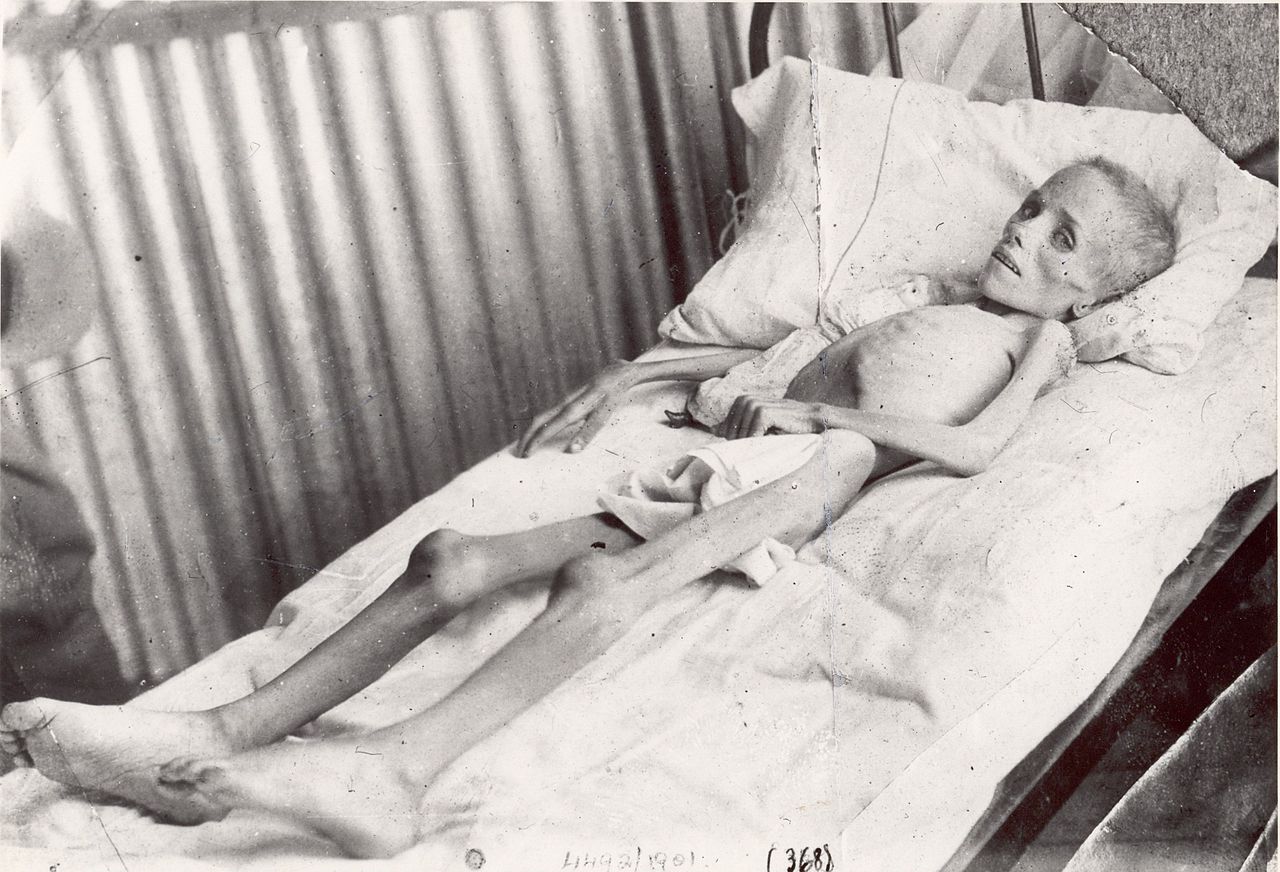Second Boer War Concentration Camps ex Wiki
During the
Second Anglo-Boer War which lasted from 1899–1902, the British operated
concentration camps in South Africa: the term "concentration camp" grew
in prominence during that period. The camps had originally been set up by
the British Army as
refugee camps in order to provide refuge for civilian families who had
been forced to abandon their homes for any reason which was related to the
war. However, when
General
The 1st Baron Kitchener of Khartoum, as he then was, took command of the
British forces in late 1900, he introduced new tactics in an attempt to
break the
guerrilla campaign and the influx of civilians grew dramatically as a
result. An epidemic of measles killed thousands.[1]
According to historian
Thomas Pakenham, Lord Kitchener initiated plans to flush out guerrillas
in a series of systematic drives, organised like a sporting shoot, with
success defined by a weekly 'bag' of killed, captured and wounded, and sweep
the country bare of everything that could give sustenance to the guerrillas,
including women and children ... It was the clearance of civilians—uprooting
a whole nation—that would come to dominate the last phase of the war.[2][clarification
needed]

Lizzie van Zyl, a
Boer child, visited by
Emily Hobhouse in a British
concentration camp
As Boer farms were destroyed by the British under their "Scorched Earth" policy—including the systematic destruction of crops and the slaughtering or removal of livestock, the burning down of homesteads and farms—to prevent the Boers from resupplying themselves from a home base, many tens of thousands of men, women and children were forcibly moved into the camps.[3][4] This was not the first appearance of internment camps, as the Spanish had used internment in Cuba in the Ten Years' War [ 1868–1878 ], but the Boer War concentration camp system was the first time that a whole nation had been systematically targeted, and the first in which some whole regions had been depopulated.[3]
Eventually, there were a total of 45 tented camps which were built for Boer internees and 64 additional camps which were built for black Africans. Of the 28,000 Boer men who were captured as prisoners of war, 25,630 were sent overseas. The vast majority of Boers who remained in the local camps were women and children. Over 26,000 women and children perished in these concentration camps.[5]
The camps were poorly administered from the outset and they became increasingly overcrowded when Lord Kitchener's troops implemented the internment strategy on a vast scale. Conditions were terrible for the health of the internees, mainly due to neglect, poor hygiene and bad sanitation. The supply of all items was unreliable, partly because of the constant disruption of communication lines by the Boers. The food rations were meagre and there was a two-tier allocation policy, whereby families of men who were still fighting were routinely given smaller rations than others.[6] The inadequate shelter, poor diet, bad hygiene and overcrowding led to malnutrition and endemic contagious diseases such as measles, typhoid and dysentery to which the children were particularly vulnerable.[7] Coupled with a shortage of modern medical facilities, many of the internees died.